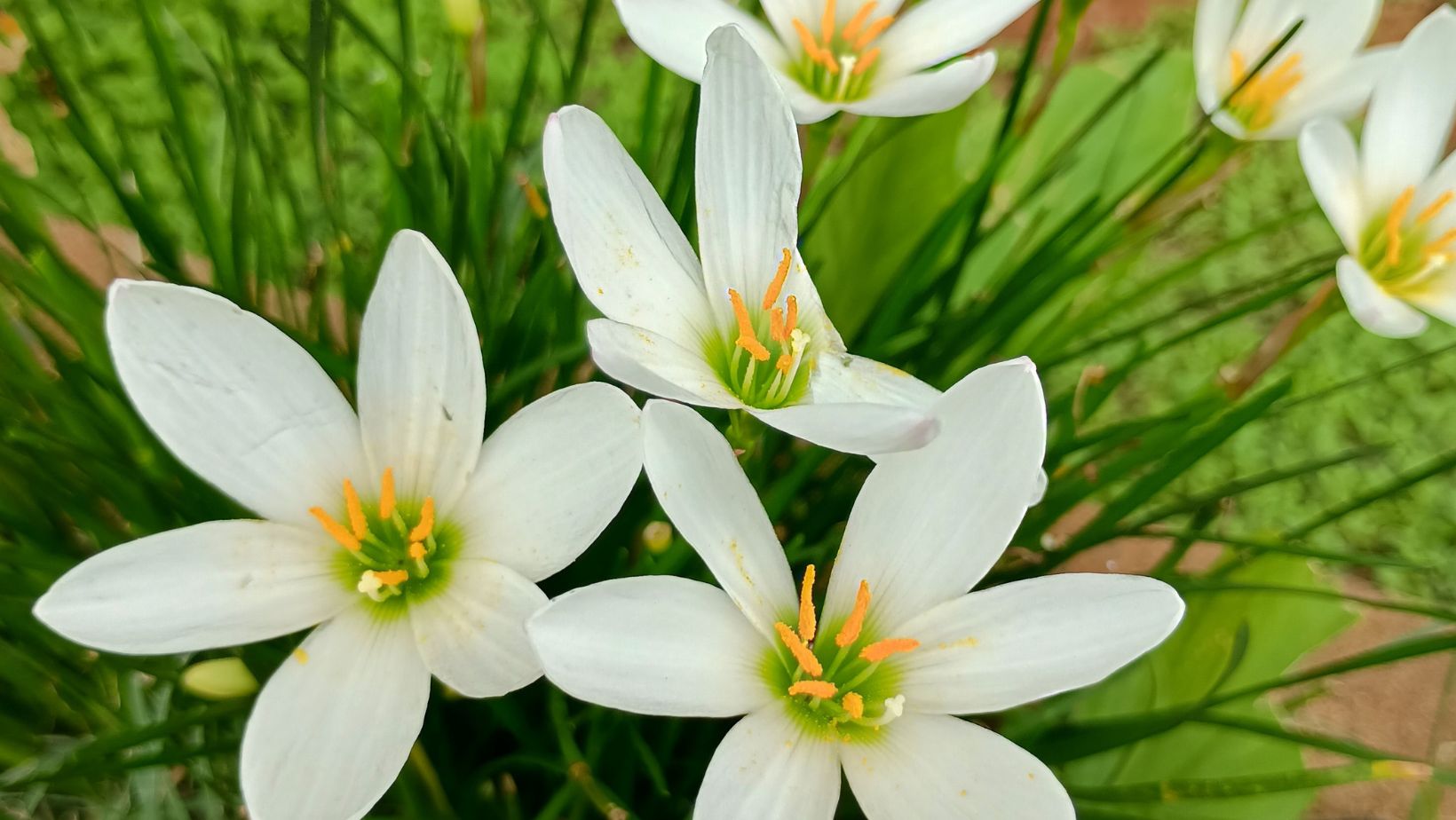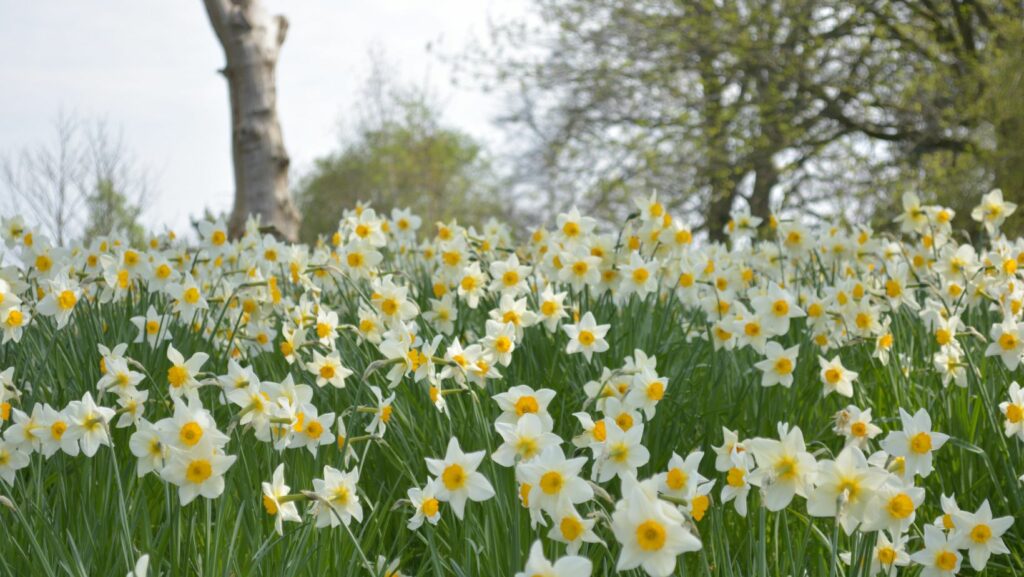Lilien are among the most beautiful garden flowers, known for their elegant blooms and enchanting fragrance. Many gardeners in colder regions, however, wonder if it is possible to successfully cultivate lilies when winter temperatures drop significantly. With the right choice of varieties, careful care, and a few special techniques, lilies can also be grown healthy and floriferous in cold climates.
Hardy Lily Varieties for Cold Regions
Those who want to grow lilies in a cold climate should primarily rely on hardy varieties. Particularly suitable are types such as Asiatic lilies, Martagon lilies, or certain Oriental hybrids that can withstand temperatures down to –20 °C. These robust varieties have proven themselves in northern gardens and provide an impressive floral display despite harsh weather conditions.
Choosing the Right Location
A crucial factor for success is the right location. Lilies prefer sunny to partially shaded spots that are well protected from the wind. In cold regions, it is advisable to plant them near a house wall or close to shrubs that offer additional protection. A slightly elevated spot is ideal, as excess water can drain away more easily, preventing the bulbs from being damaged by waterlogging.
Preparing the Soil and Planting Lily Bulbs
Soil plays an important role in lily cultivation in cold climates. It should be rich in humus, well-drained, and loose. Heavy clay soils can be improved with sand or compost to prevent waterlogging. Lily bulbs are best planted in autumn or early spring, at a depth of about 15 to 20 centimeters. A mulch layer of bark or leaves additionally protects the bulbs from frost.
Caring for Lilies During the Growing Season
After sprouting in spring, lilies require regular watering, especially during dry periods. However, it is important that the soil does not remain constantly wet. A balanced fertilizer rich in phosphorus and potassium supports healthy growth and flowering. To prevent disease, watering should be done directly at the base so the leaves remain dry.
Protecting Lilies in Winter
In cold climates, proper winter protection is essential. After the first frost, stems can be cut back close to the ground. It is then recommended to cover the planting site with a thick layer of mulch, leaves, or fir branches. This insulation reliably protects the bulbs from deep frost.

In regions with particularly severe winters, it can be useful to grow lilies in pots and store them in a frost-free room over winter.
Successfully Propagating Lilies
Those who enjoy their plants can also propagate lilies themselves. The simplest method is by dividing the bulb offsets that form around the main bulb. These are carefully separated and planted in a new location. Propagation by bulb scales is also possible: individual scales are placed in loose substrate, where they gradually develop into small plants.
Common Problems and Solutions in Cold Climates
Despite good preparation, lilies in cold regions may face some problems. The most dreaded is rot caused by waterlogging, which appears as brown, soft spots on the bulbs. The only prevention here is well-draining soil. Lily beetles, small red insects, can also cause damage. The best defense is to remove them early by hand or use biological controls.
Conclusion: Growing Lilies in Cold Regions Is Possible
Lilies are not only plants for warm climates—with the right choice of varieties, a well-prepared location, and careful winter protection, they can be successfully cultivated in cold regions too. Hardy varieties such as Asiatic or Martagon lilies are particularly resilient. With regular watering, balanced fertilization, and a protective mulch layer in winter, gardeners can enjoy the magnificent blooms year after year. Those who follow these tips can confidently grow lilies in cold climates and enrich their garden with a fascinating flower.

